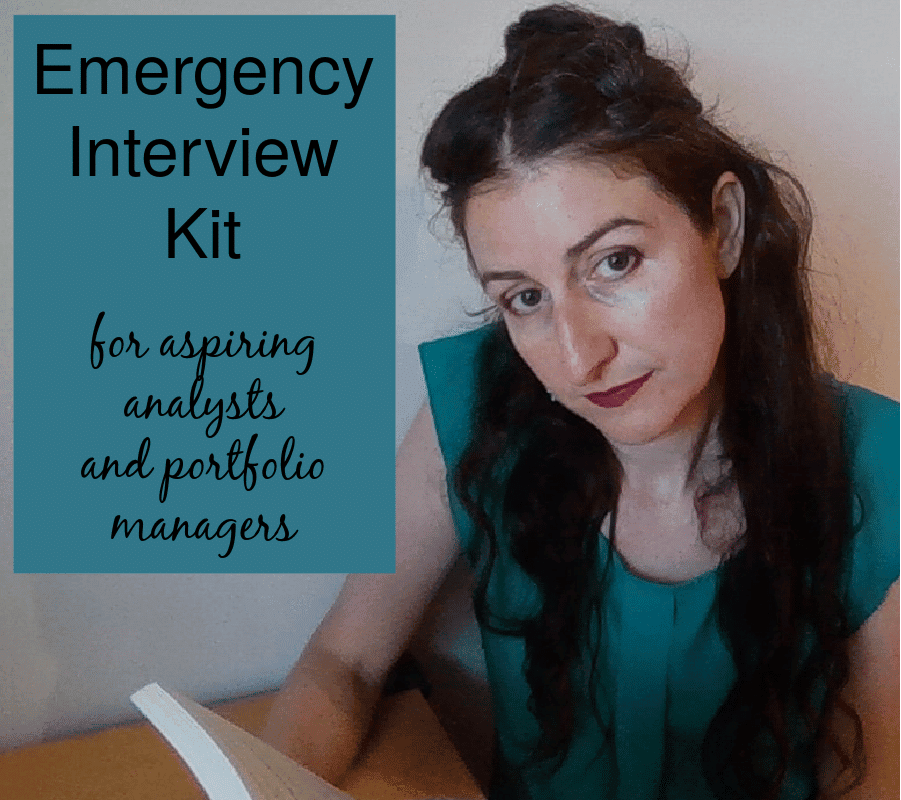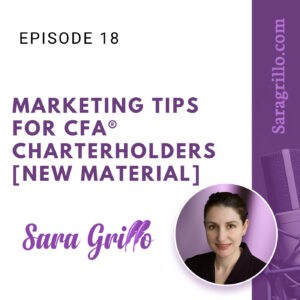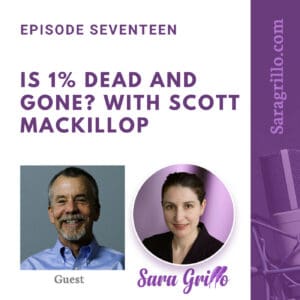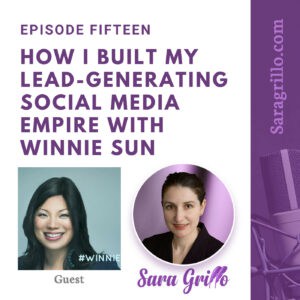Let’s talk about how most portfolio management or equity research interviews go (versus how they should).
They ask:
- Run me through your resume?
- Why do you want this job?
- What do you have to offer us?
- What is your current role and why do you want to leave it?
And then you reiterate your resume in a few different forms, in response.
Right?
Okay let’s talk about a better way.
Answering Equity Research Interview questions isn’t the whole ball of wax
It’s not that it’s not important to answer these questions well. But here’s the issue.
It’s kind of like presenting yourself in a vacuum. They might not even know what the terms you are using actually mean. It gives the employer an isolated snapshot of you, detached from the reality of their workplace – and that is the reality they live in.
So the tip I would give you, and I advocate for this in my book, Emergency Interview Kit for Equity Research and Portfolio Management, is this. After you answer each of these questions, immediately follow it up with a question that helps the interviewer relate it to their company’s mission.
Example:
Interviewer: What are you doing in your current role?
You: I create expense analysis reports for the consumer products division using Microsoft Excel Pivot tables and VLookup. Do your equity analysts us Microsoft Excel in a similar way, at all, for their earnings reports?
Okay, so maybe that was a far-fetched example, but you get the point, right?
Now the interviewer can relate to you better. They can fit you in better. They may be thinking, “Well, yeah, I guess we could possibly use someone with those skills for that type of thing.
Or maybe not. But at least it’s getting you closer to their vision of their workplace and how you might fit into it.
People are busy and distracted in a noisy and overstimulated world. Don’t fight it – help them to realize how to apply your value in an interview by allowing them to see more than a disconnected snapshot of yourself.
Getting help for your equity analyst research job search
If you haven’t read the Interview Kit yet, check it out below. I’m also available for consulting on a hourly basis if you need additional support.
You could also sign up for my equity research newsletter.
Thanks for reading!
-Sara

It’s not a long e-book, but there’s alot you can learn and it’s based on my real experiences back when I worked in equity analysis at Lehman etc..
This kit will teach you:
- What to do before the interview – what information to gather, what research you should be doing, and what speaking points to prepare
- How to rebut back when you get stuck in an interview
- Why the people matter and how to increase your chances of success with the decision makers
- How to display maximum value as a candidate by how you respond to their questions
- What your social media should look like while you are interviewing
- How to ask the right questions during an interview
- What to do if the interview doesn’t go the way you want it to
- How to open an interview correctly
- Interview closing techniques – how to get control and operate from a position of strength throughout the interview and especially at the end when it counts
- What to do after the interview to increase your chances of success





